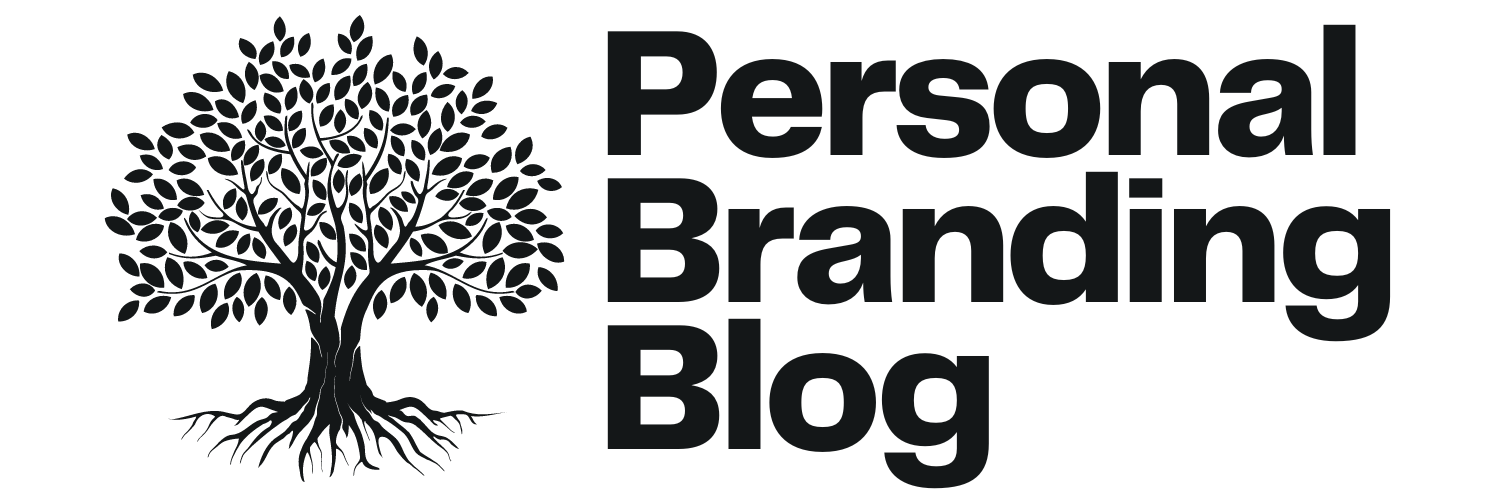Building brand awareness is crucial for any business. It helps people recognize and remember your brand. In this guide, we’ll explain what a brand awareness campaign is, why it’s important, and how to create one that works. We’ll also share tips and examples to inspire you.
Key Takeaways
- Brand awareness helps people recognize and remember your brand.
- Knowing your audience is the first step to a successful campaign.
- Choosing the right platforms is key to reaching your audience.
- Engaging content is crucial for capturing attention.
- Measuring success helps improve future campaigns.
Understanding the Importance of Brand Awareness

Brand awareness is crucial for any business. It helps your brand stand out and be remembered by consumers. When people know your brand, they are more likely to choose it over others. Let’s dive into why brand awareness is so important.
Identifying Your Target Audience

Knowing who you’re talking to is the first step in any successful brand awareness campaign. Understanding your target audience is crucial. Without this, it’s nearly impossible to create an effective campaign. Let’s dive into how you can identify your target audience.
Choosing the Right Platforms for Your Campaign

Now, you’ve got to pick the right platform. A great brand awareness campaign isn’t just about who you target. It’s about where you target them, too. Where does your ideal buyer hang out? Are they watching videos on YouTube or posting pics on Instagram? Researching your target audience will help you figure this out.
Crafting a Compelling Brand Message
Creating a strong brand message is all about connecting with your audience on a deeper level. Your brand’s story is the heart of this connection. It’s not just about what you sell, but why you sell it. Share the journey of how your brand came to be, the challenges you faced, and the victories you celebrated. This humanizes your brand and makes it more relatable.
When crafting your message, keep it simple and clear. Mixed or confusing messages can leave your audience unsure about what your brand stands for. Consistency is key. Make sure your message is the same across all channels to build trust and recognition.
Storytelling Techniques
Storytelling is a powerful tool in branding. It helps create a memorable brand by making your message more engaging and relatable. Think about the core aspects of your brand—your mission, your values, and your journey. Use these elements to craft a narrative that resonates with your audience. For example, if your brand started in a small garage, share that story. It adds depth and authenticity to your brand.
Emotional Engagement
Connecting with your audience on an emotional level can make your brand more memorable. Use emotions to highlight the benefits of your products or services. Whether it’s joy, trust, or excitement, tapping into these feelings can create a stronger bond with your audience. Remember, people are more likely to remember how your brand made them feel.
Consistency Across Channels
Consistency is crucial in maintaining a strong brand message. Your audience should have the same experience whether they are interacting with your brand on social media, your website, or in person. This means using the same tone, language, and visuals across all platforms. Consistency helps build trust and makes your brand more recognizable.
Developing a Multi-Channel Strategy
To make your brand awareness campaign successful, you need to be everywhere your audience is. This means using multiple channels to reach them. Don’t put all your eggs in one basket. Instead, spread your campaign across different platforms to engage more people and drive them back to your main campaign page.
Creating Engaging Content
Creating engaging content is a fun way to raise awareness of your brand because it’s the easiest way to show personality and share opinions and positioning on issues — two major components that personify and humanize your brand.
Measuring the Success of Your Campaign

How do you know if your campaign is working? You probably won’t unless you set some criteria for measuring your success. The metrics you measure vary depending on the marketing strategy used. For example, if you run a campaign on Twitter, you might track things like the number of impressions, shared tweets, and hashtag mentions. If you decide to run paid ads, you could use Google Analytics to track your click-through rate (CTR) and conversions.
Optimizing Your Campaign for Better Results
A/B Testing Strategies
A/B testing is a powerful way to see what works best in your campaign. By comparing two versions of a single element, like an email subject line or a call-to-action button, you can find out which one performs better. This helps you make data-driven decisions and improve your campaign’s effectiveness.
Related Stories from Personal Branding Blog
Adjusting Based on Feedback
Listening to your audience is key. If your engagement levels aren’t great, use personalized marketing, work on building a sense of community, and create strong customer relationships. Sometimes, this may mean pivoting from the original strategy you had planned. Engagement, monitoring, and strategic adjustments are essential for a campaign’s success and budget optimization.
Continuous Improvement Techniques
Always look for ways to improve. Use past data on the performance of your marketing campaigns to fine-tune your outreach. By optimizing each time and repeating only the most effective activities, you’ll be able to spend your budget more strategically and get maximum ROI.
Case Studies of Successful Brand Awareness Campaigns
Let’s dive into some real-world examples of successful brand awareness campaigns. These case studies will give you a clear picture of what works and why.
Innovative Campaign Examples
One standout example is Spotify’s year-end campaign, "Spotify Wrapped." This campaign not only showcases users’ listening habits but also encourages them to share their results on social media. This creates a buzz and gets people talking about Spotify. Another great example is Dove’s "Real Beauty" campaign, which focused on body positivity and self-acceptance. This campaign resonated with many people and helped Dove stand out in a crowded market.
- Couples who are highly compatible but still breakup usually display these 7 behaviors, according to psychology - Global English Editing
- 7 so-called ‘status symbols’ that only impress the middle class - Global English Editing
- If someone dislikes you without saying it, they’ll usually display these 8 passive-aggressive behaviors - NewsReports
Lessons Learned from Industry Leaders
From these examples, we can learn a few key lessons. First, it’s important to create a campaign that resonates emotionally with your audience. Dove’s campaign did this by focusing on body positivity. Second, encourage user participation. Spotify’s campaign was successful because it got users to share their results, creating a viral effect. Lastly, be consistent with your brand message. Both Spotify and Dove stayed true to their brand values throughout their campaigns.
Applying Best Practices to Your Campaign
To apply these best practices to your own campaign, start by identifying what makes your brand unique. Then, create a campaign that highlights these unique features. Make sure to engage your audience emotionally and encourage them to participate. Finally, stay consistent with your brand message across all channels. By following these steps, you can create a successful brand awareness campaign that stands out in the market.
Building Long-Term Brand Loyalty
Building long-term brand loyalty is essential for any business. It ensures that customers keep coming back, which is crucial for sustained success. Let’s dive into some key strategies to achieve this.
Creating a Community Around Your Brand
One of the best ways to build loyalty is by creating a community. This means engaging with your customers regularly and making them feel like they are part of something bigger. You can do this through social media, forums, or even special events. When customers feel connected, they are more likely to stay loyal.
Maintaining Customer Engagement
Keeping your customers engaged is another critical factor. This can be done through regular updates, newsletters, and special offers. The goal is to keep your brand at the top of their mind. Consistent engagement helps in building a strong relationship with your customers.
Strategies for Retention
Retention strategies are all about keeping your customers happy. This can include loyalty programs, excellent customer service, and quality products. Happy customers are more likely to return and recommend your brand to others. Remember, a satisfied customer is your best advertisement.
Building long-term brand loyalty is not just about making a sale; it’s about creating a lasting relationship with your customers. This relationship is built on trust, quality, and consistent engagement.
By focusing on these strategies, you can boost brand identity with SEO by optimizing content, engaging on social media, link-building, and keyword optimization. Consistent branding and SEO integration are key for visibility and success.
Budgeting for Your Brand Awareness Campaign
Creating a budget for your brand awareness campaign is crucial. It ensures you allocate resources effectively and get the most out of your investment. Let’s break down how to do this.
Allocating Resources Effectively
First, identify all the activities you want to include in your campaign. These should be as strategic as possible, aiming for maximum exposure with minimum outlay. Large marketing budgets and extensive staffing resources offer an advantage, but small businesses can also make great strides with careful planning and hard work.
Cost-Effective Strategies
You don’t need a huge budget to make an impact. Many activities can be carried out at relatively little cost. For example, engaging with bloggers, hosting webinars, and investing in online advertising are all effective yet affordable strategies. Remember, these tactics are just a starting point; many other strategies and channels are available for brand awareness campaigns.
Maximizing ROI
To maximize your return on investment (ROI), diversify your channels. When your campaign is ready, decide how to promote it. Examples include video marketing, organic and paid social media marketing, native advertising, and search engine marketing. Nearly 40% of marketers spend between 26% and 50% of their advertising budgets on brand awareness and consideration phases. This shows the importance of investing wisely.
Boosting your brand awareness through campaigns gives you a chance to explore new marketing and advertising opportunities, connecting with your audience in powerful ways.
By following these steps, you can create a budget that not only supports your brand awareness goals but also ensures you get the best possible results from your investment.
Frequently Asked Questions
What is a brand awareness campaign?
A brand awareness campaign is a marketing effort aimed at making more people recognize and remember your brand. It helps increase your brand’s visibility.
Why is brand awareness important?
Brand awareness is crucial because it helps people know and trust your brand. This can lead to more customers and higher sales.
How do I start a brand awareness campaign?
First, set a clear goal and know your target audience. Then, choose the right platforms where your audience spends time and create engaging content.
What platforms are best for brand awareness campaigns?
Social media channels, content marketing platforms, and traditional media outlets are all good options. Choose the ones that your target audience uses the most.
How do I measure the success of my brand awareness campaign?
You can measure success by tracking key performance indicators (KPIs) like website traffic, social media engagement, and brand mentions. Use tools to analyze this data.
What are some cost-effective strategies for brand awareness?
Use social media, collaborate with influencers, and encourage user-generated content. These methods can be budget-friendly yet effective.
Can small businesses run successful brand awareness campaigns?
Yes, small businesses can run successful campaigns by focusing on their unique strengths and using cost-effective strategies. Knowing your audience well can make a big difference.
How can I improve my brand awareness campaign?
You can improve your campaign by testing different strategies, listening to feedback, and making continuous adjustments. Always look for ways to optimize your efforts.







